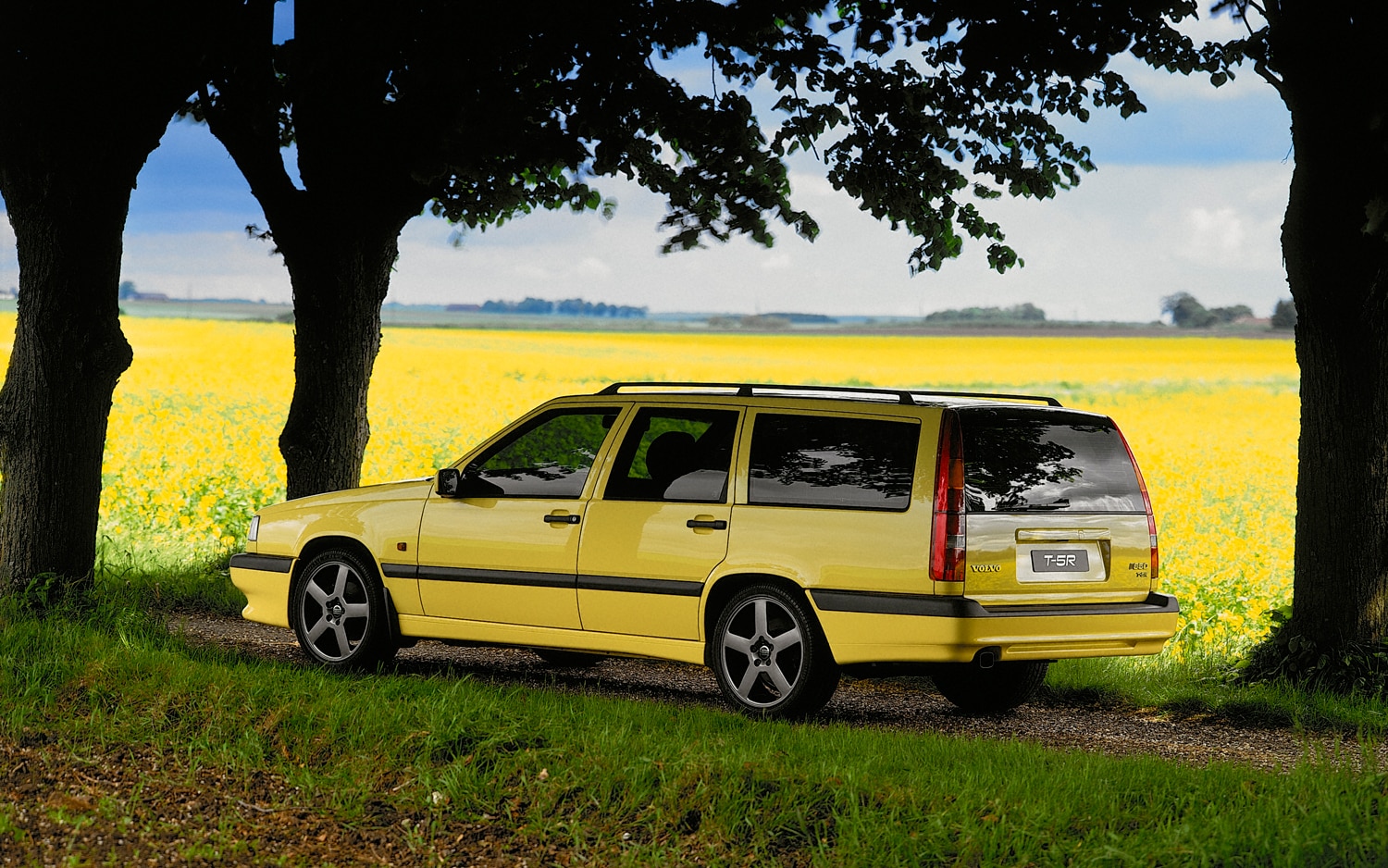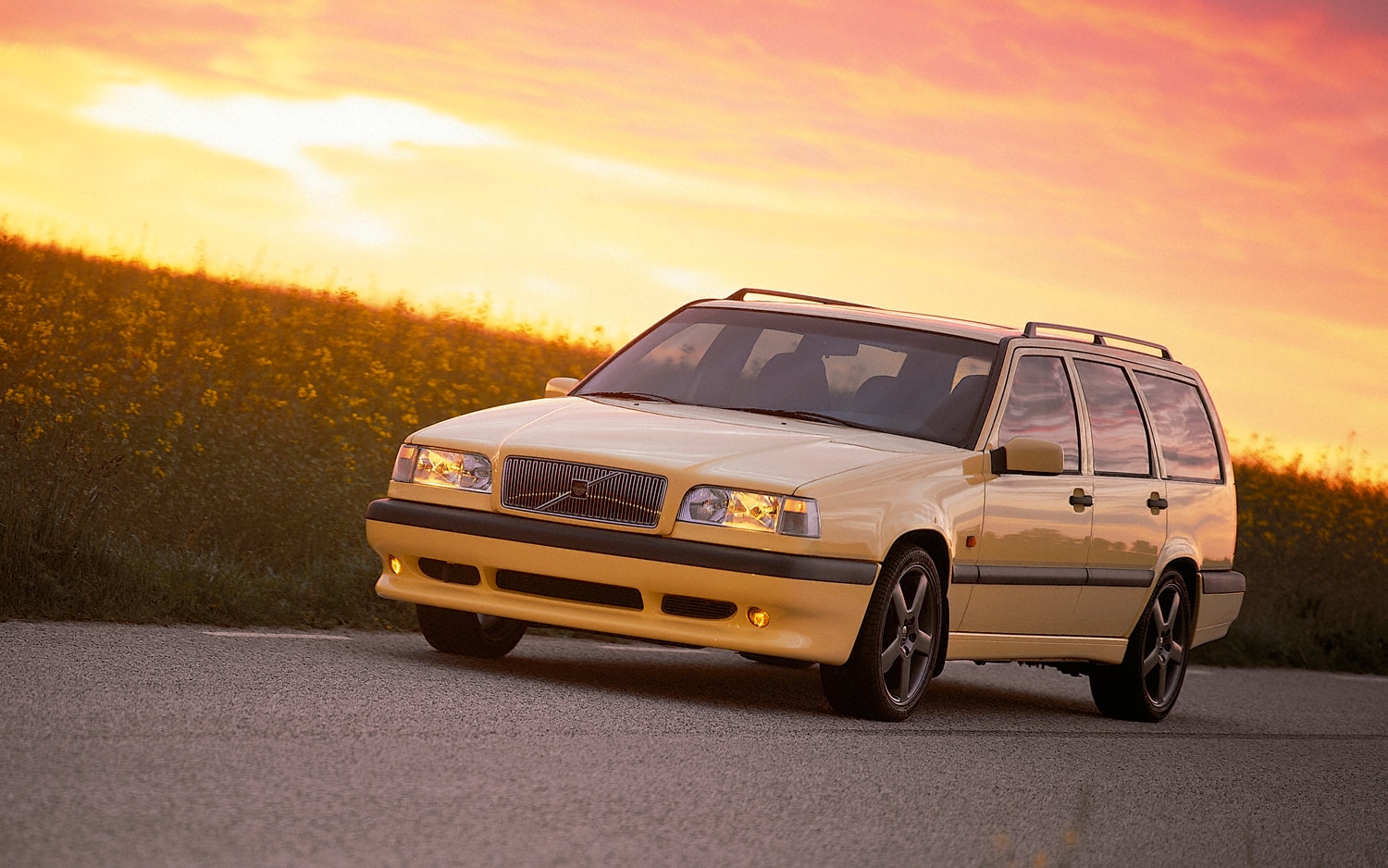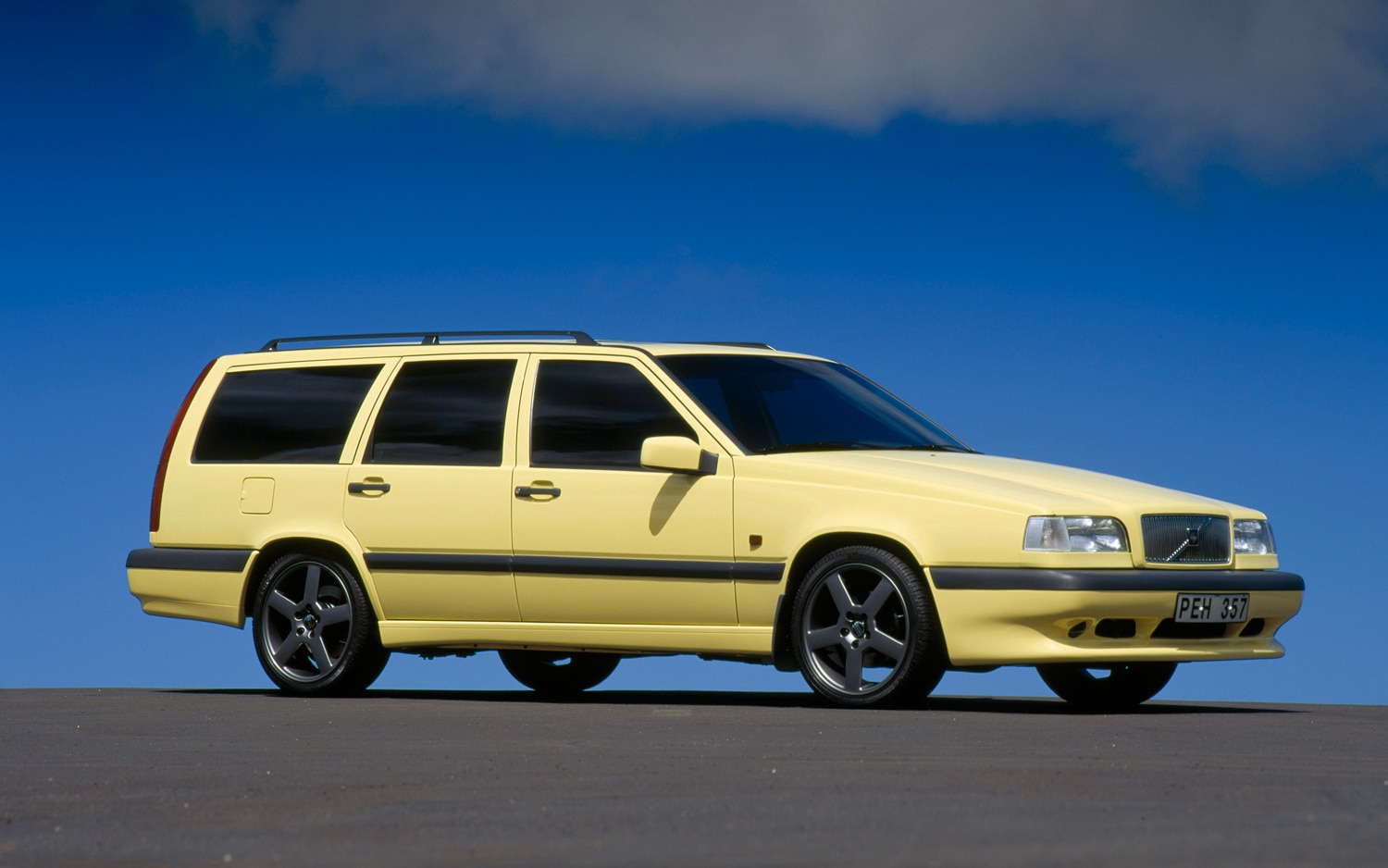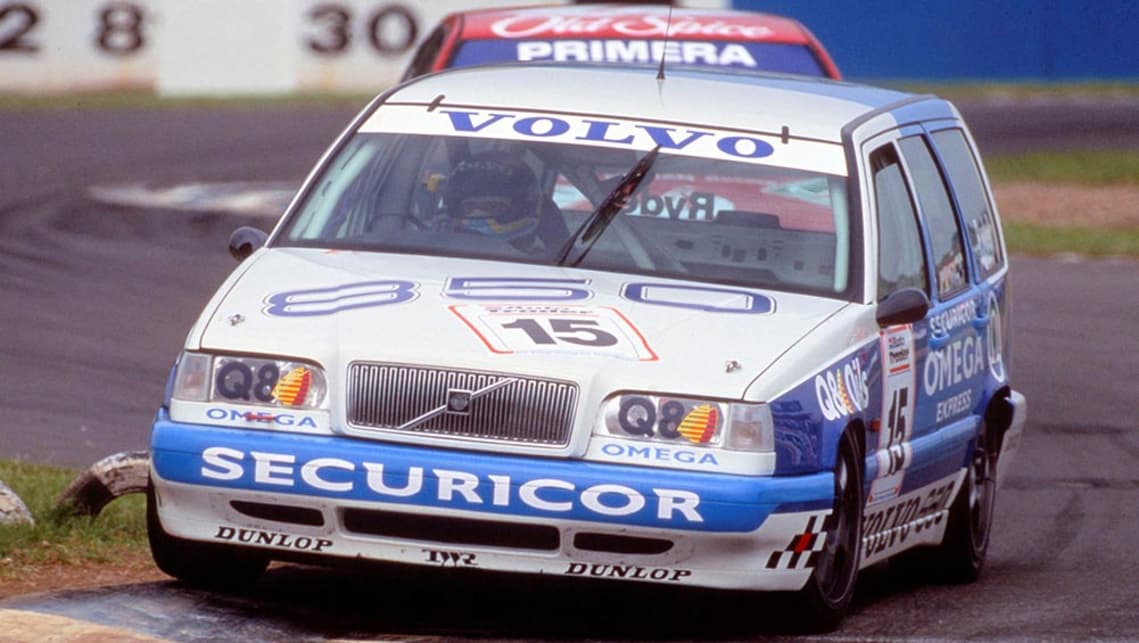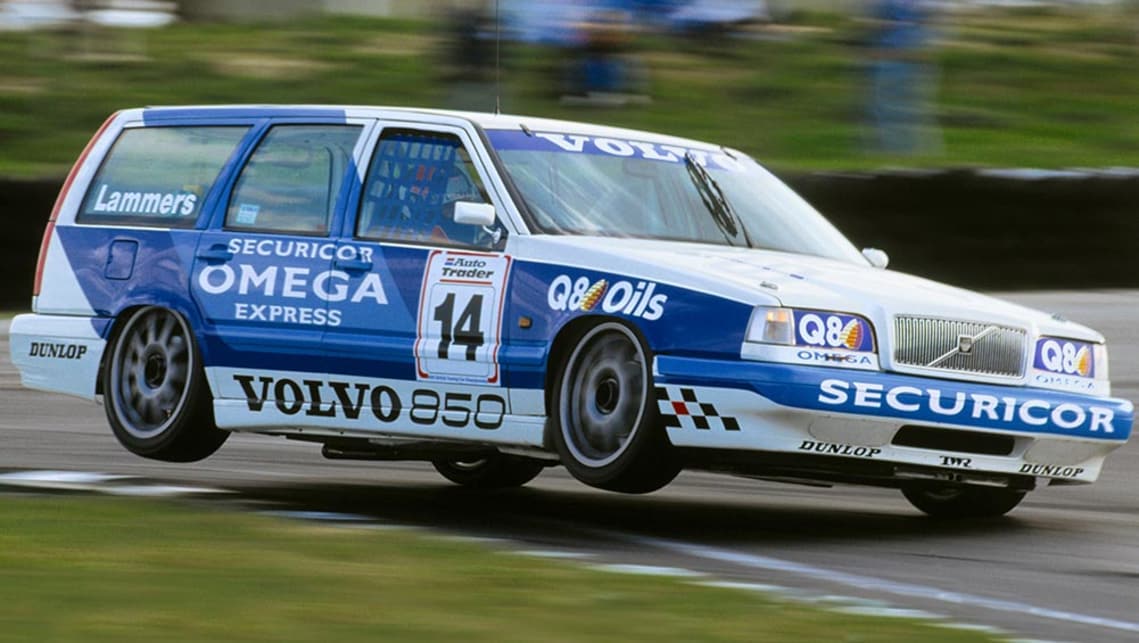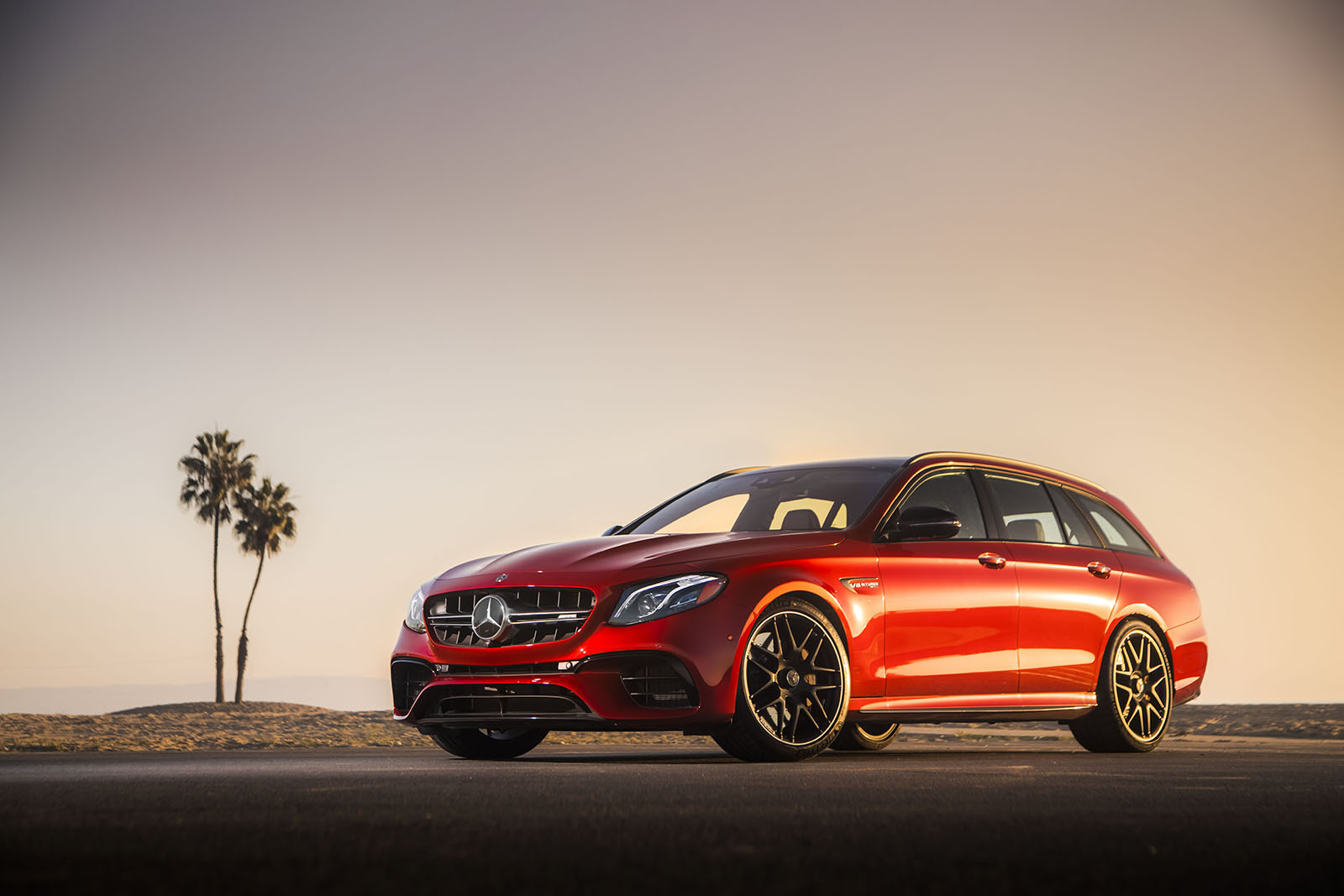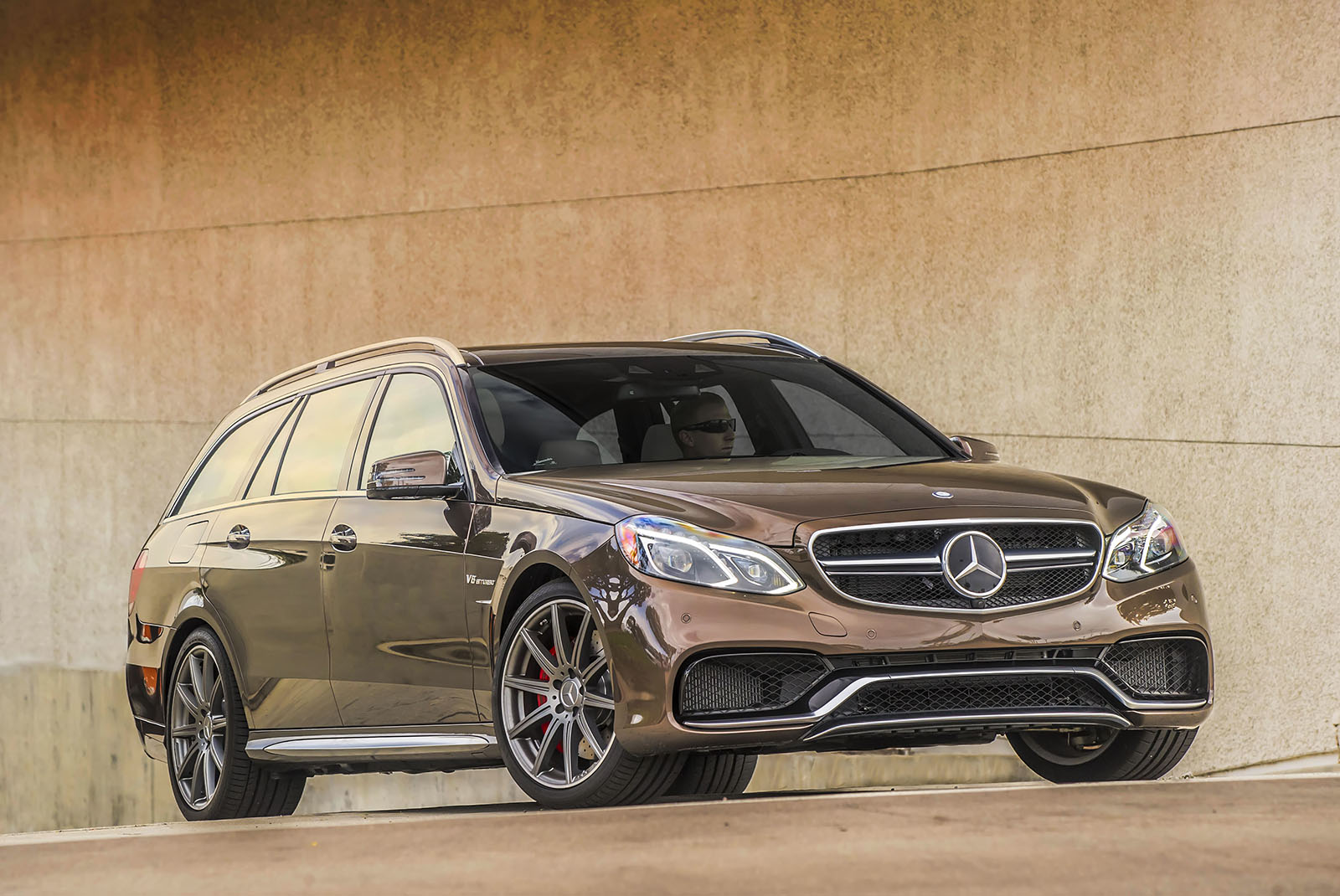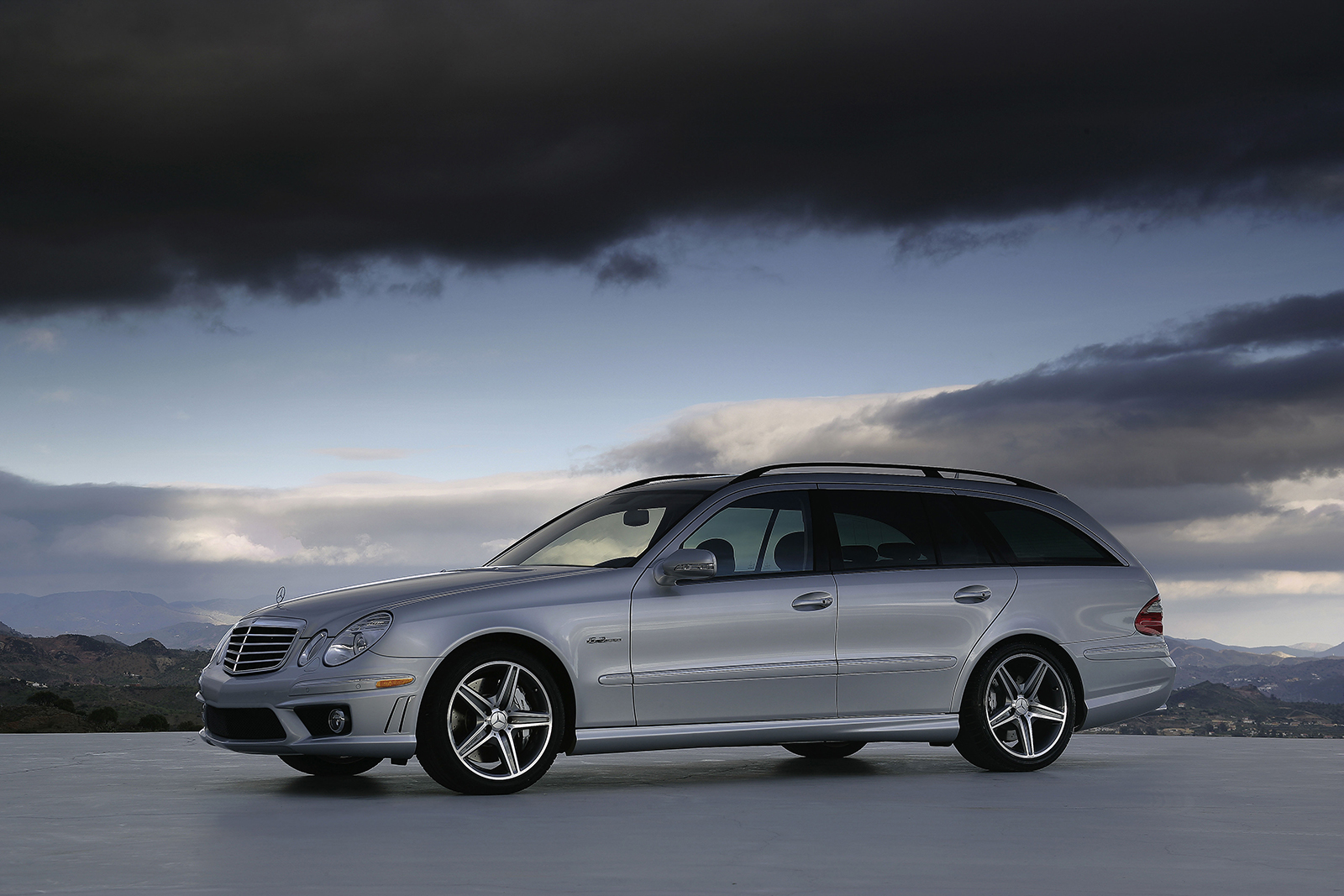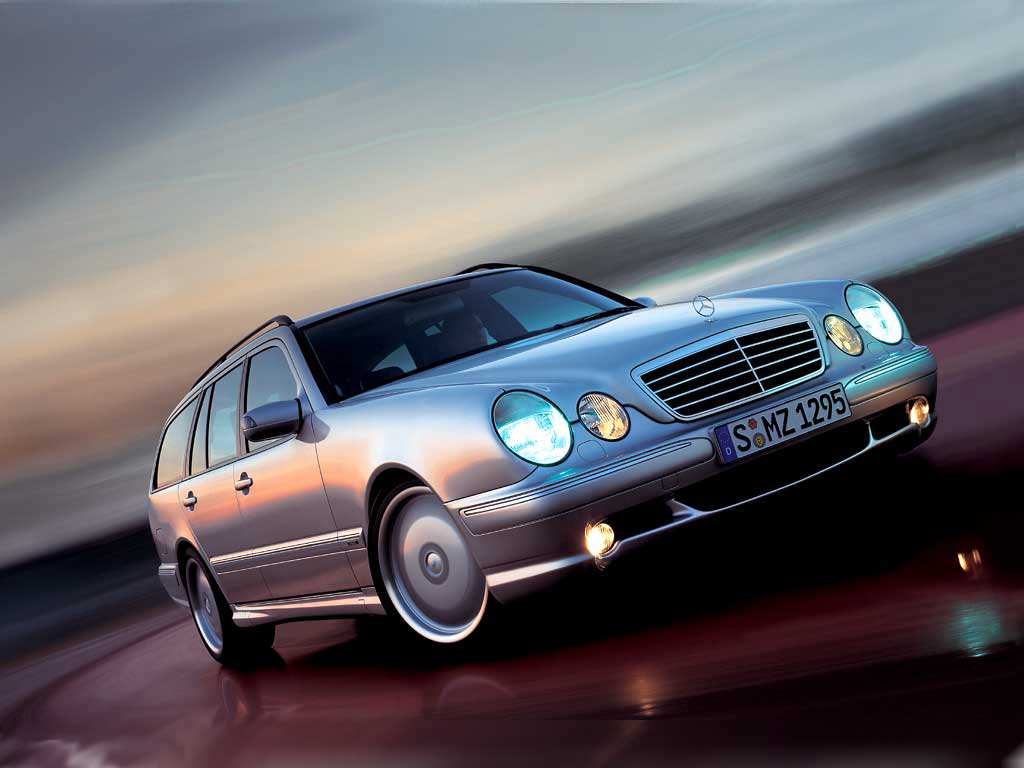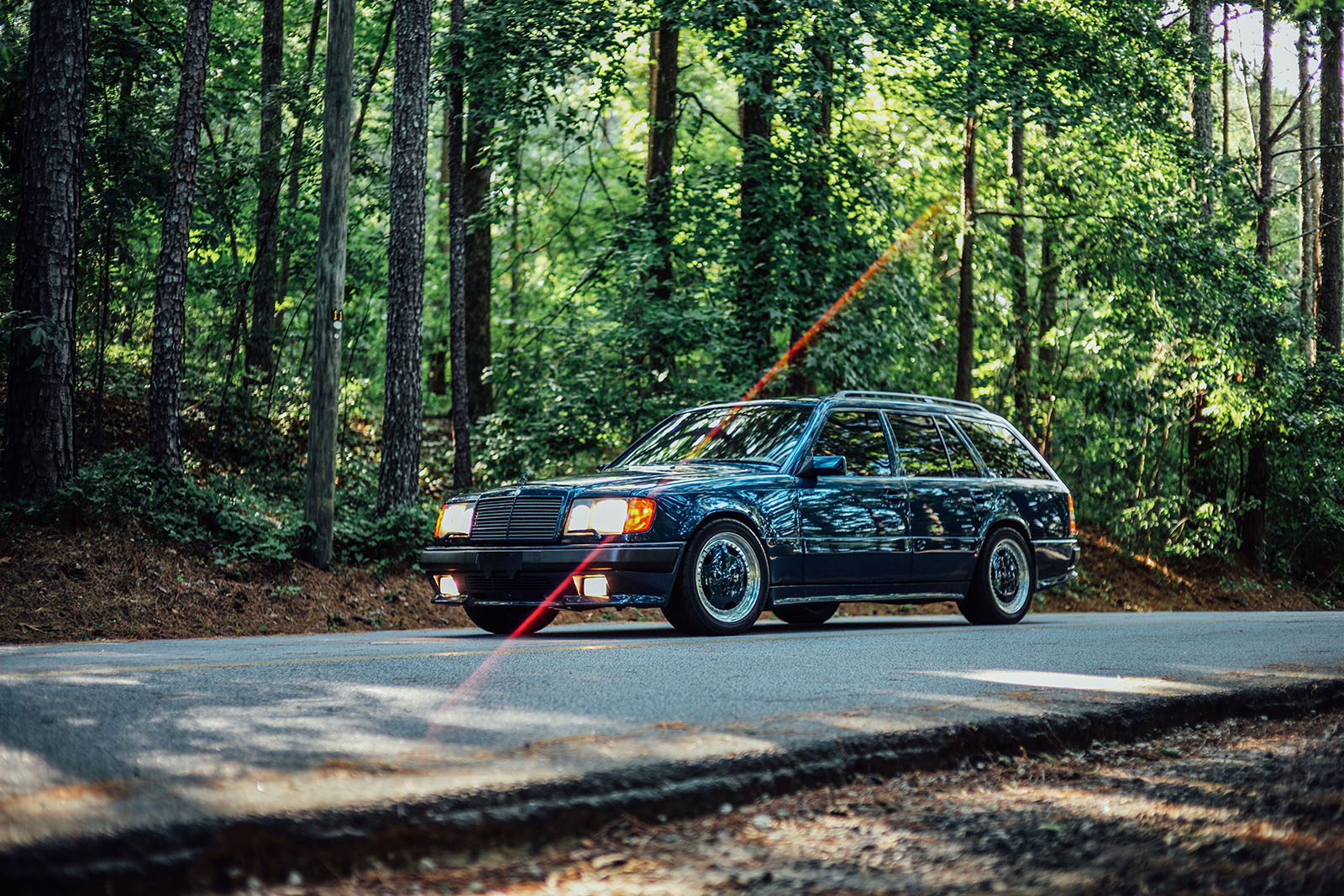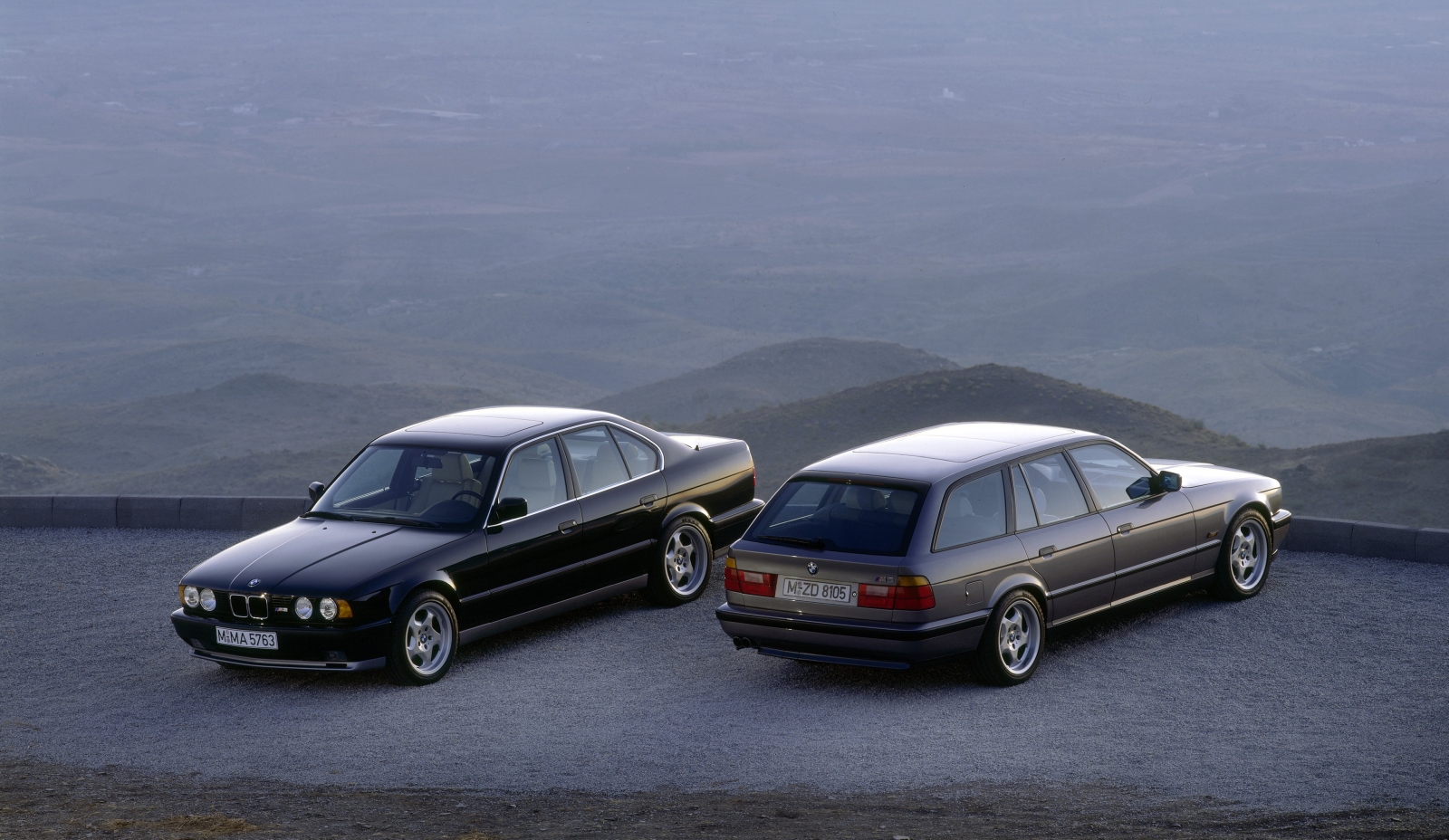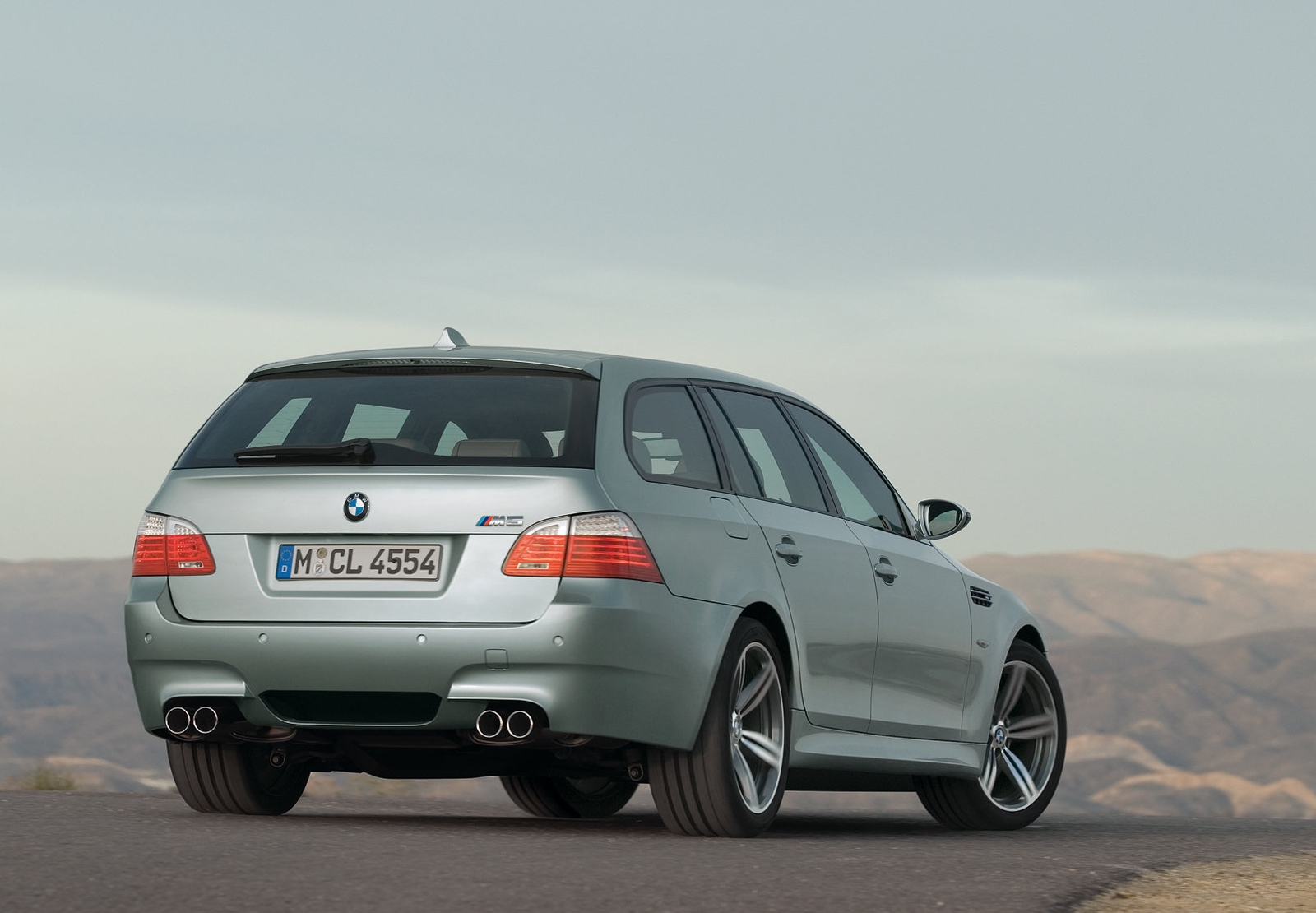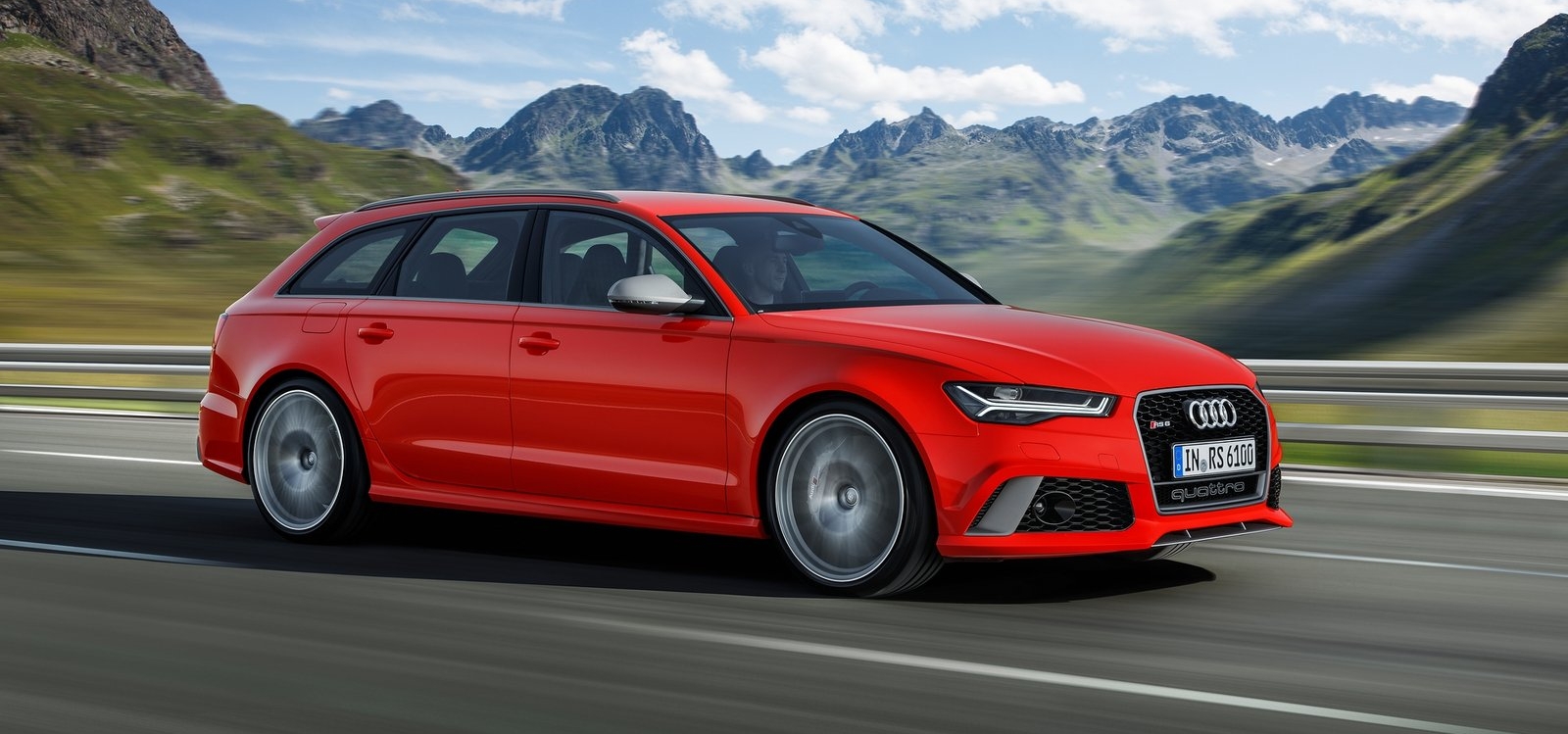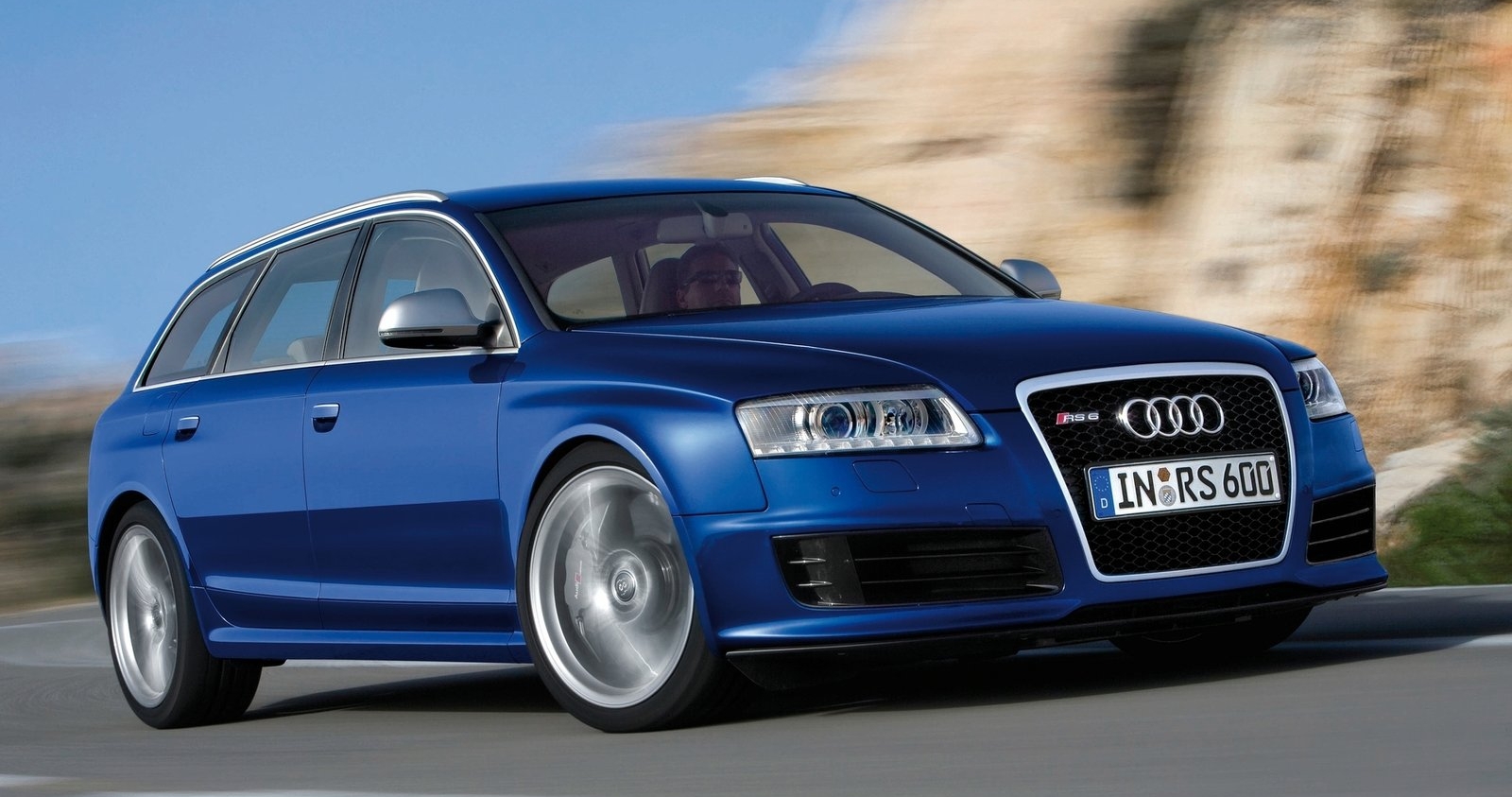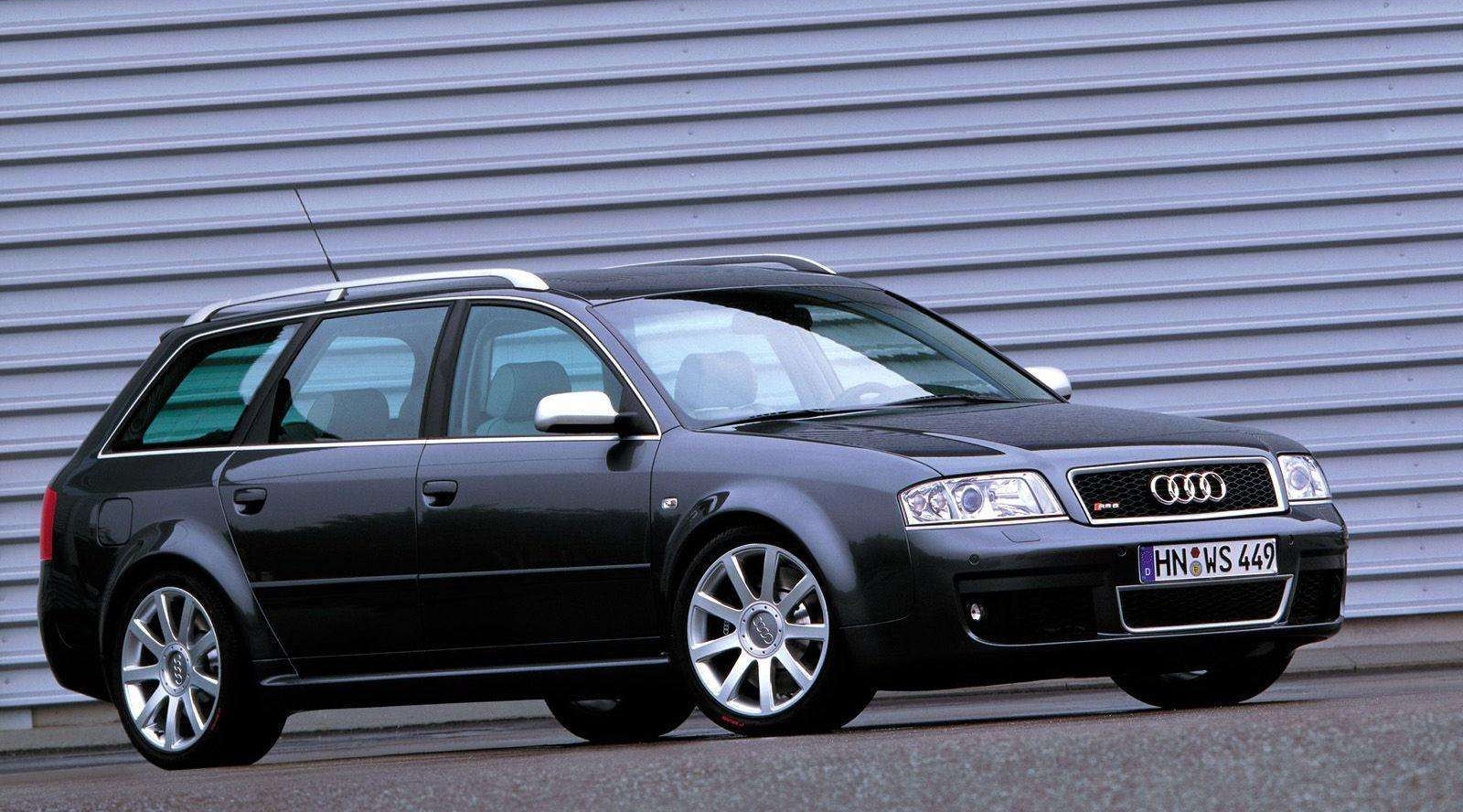The station wagon is a bit of a love-it-or-hate-it thing. If you’re on the love-it crew, that’s because you believe wagons can be totally awesome. And since many of them are often based off four-door sedans, they can offer quite a bit of performance potential while being very practical. If you’re on the “hate it” side, that’s likely because of their contemporary reputation as the typical “mom-“ or “dad-mobile,” and thereby lacking the “cool” factor.
But wagons have been making a resurgence because, as car enthusiasts say, what’s not cool about being able to go fast while hauling a bunch of stuff, like your family? And who said the family vehicle can’t be fun?
With crossovers taking over the land and all the “not-car-enthusiasts” buying those for daily, family transport, the uncoolness factor has thus faded away from wagons, making them at least potentially cool again. So we’ve come up with a few examples of some of our favorite wagons from history.
1927 Ford Model A

The 1927 Ford Model A is basically where it all started for station wagons. It was the first automobile to be offered as a “woodie station wagon” in either four-door or three-window “Deluxe” form. But its greatest distinction was its extended roof line, additional set of windows, and a larger rear-opening, then the first of its kind, making it essential to the history of the station wagon. It featured a body-on-frame construction with its passenger cell primarily being made of, as you guessed, wood. Wood sheathed with alloys and coated with lacquer, to be specific. So the reason why wagons even exist can be attributed the Ford Model A.
Volvo 850 R/V70 R
Volvo’s famous 850 and later updated V70 wagon of the 1990s first surfaced in 1993, following the sedan’s introduction in 1991. It was the replacement for the company’s hugely successful and previous generation 200 series, or what is often known as the Volvo 240 wagon. The 850 not only further solidified the public’s continuous interest in the station wagon, especially with stiff competition from the recent invention of the minivan and the SUV, but it also proved wagons can be cool. That’s because the Volvo 850 made its name in the world-renowned British Touring Car Championship, proving that wagons can race, too. This trickled down to the consumer market with the limited production Volvo 850 T-5R, a high-performance variant that further established this wagon’s reputation for speed.
Nissan Stagea

The Nissan Stagea is unfortunately forbidden fruit for us North American buyers. A JDM-only (Japanese Domestic Vehicle) production for Nissan, the Stagea has a huge reputation for being a “Skyline, but with four-doors and a long roof.” That’s because the Stagea surfaced in 1996, based on the same plate form as the R33-generation Nissan Skyline, complete with the option of Nissan’s famous turbocharged RB26 inline-six, rear-wheel or all-wheel drive, and a five-speed manual. Nissan discontinued production of the Stagea in 2007 in favor of crossovers, specifically the “Nissan Skyline Crossover,” which we get in the North American market, originally as the Infiniti EX, or now the QX50.
Buick Roadmaster (1992-1996)

The Buick Roadmaster Estate is one of our favorite wagons since it’s considered the last true example of the iconic American full-size sedan-based wagon with a “lazy V8” and couch-like “bench seats.” Based on GM’s last rear-wheel drive car “B platform,” which also underpinned the Chevrolet Caprice and Impala SS, its fairly modern underpinnings and enough space for a Corvette V8 swap make it a preferred choice for American muscle lovers and engine swappers alike. Don’t you think a classic American wagon with a Corvette engine in it would be sweet?
Mercedes-Benz E-Class AMG wagon
The Mercedes-AMG E-Class wagon has become a household performance icon, similarly to the BMW M5 Estate and the Audi RS6 Avant. It’s one of our favorites since it takes the blitzing fast E-Class AMG sedan, and adds more storage space, without compromising the performance. And, it’s one way to prove to the kids that mom and dad can be fast, fun, and cool, too. It loosely originates as far back as the W123-generation midrange wagons from the 1970s, the W124-based E-Class wagon of the 1980s and early 1990s, and the W210 wagon of the following generation through a few one-off custom builds for customers, back when AMG was still a separate outfitter and tuning firm from Mercedes-Benz. When Daimler acquired the majority of AMG and made it the official in-house tuning division to compete with BMW M and Audi S and RS, that’s when the company ran with the idea and created the E55 AMG wagon in the early 2000s with the W211-generation E-Class, sporting all the running gear as the E-Class AMG sedan, like the 5.5-liter supercharged V8 with 469 horsepower and 516 pound-feet of torque, but with more space to haul.
BMW M5 wagon
Ah yes, the other German way to prove that mom and dad can be fast and cool. It originated off of the E34-generation M5 from the late 1980s and early 1990s. Then, only 891 examples were made, making it the BMW M Division’s first-ever wagon, while also being the last hand-built M car, all of which were from 1992. It came with the same potent, naturally aspirated inline-six as the M5 sedan, along with a manual transmission, all to the embarrassment of Porsche 911 owners. BMW skipped the M5 wagon sadly for the following version, ironically to create one of its most iconic models, the E39 M5 sedan. It was picked back up for the E60 generation M5 in the late 2000s, complete with one of BMW’s most memorable engines to date, it’s “S85” naturally aspirated, Formula 1-bred 5.0-liter V10 with 507 horsepower. However, after the E60 generation, the M5 wagon was discontinued due to low sales.
Audi RS6
And the third German way to prove that mom and pops don’t have to be boring and slow is Audi’s competitor to the M5 wagon and E-Class AMG wagon, the RS6 Avant. It started life as a “C5” Audi A6 from the mid-to-late 1990s and came with a stonking 4.2-liter “biturbo” V8 with 444 horsepower and 428 pound-feet of twist, mated to a five-speed automatic and all-wheel drive. For the second generation, it came with a Lamborghini-sourced naturally aspirated V10 with 571 horsepower and 479 pound-feet of torque. The current and third-generation features a twin-turbocharged 4.0-liter V8 with 553 horsepower and 516 pound-feet of torque. All except the first generation “C5” are forbidden fruit to the U.S. market, with the first-gen RS6 being very collectible.
